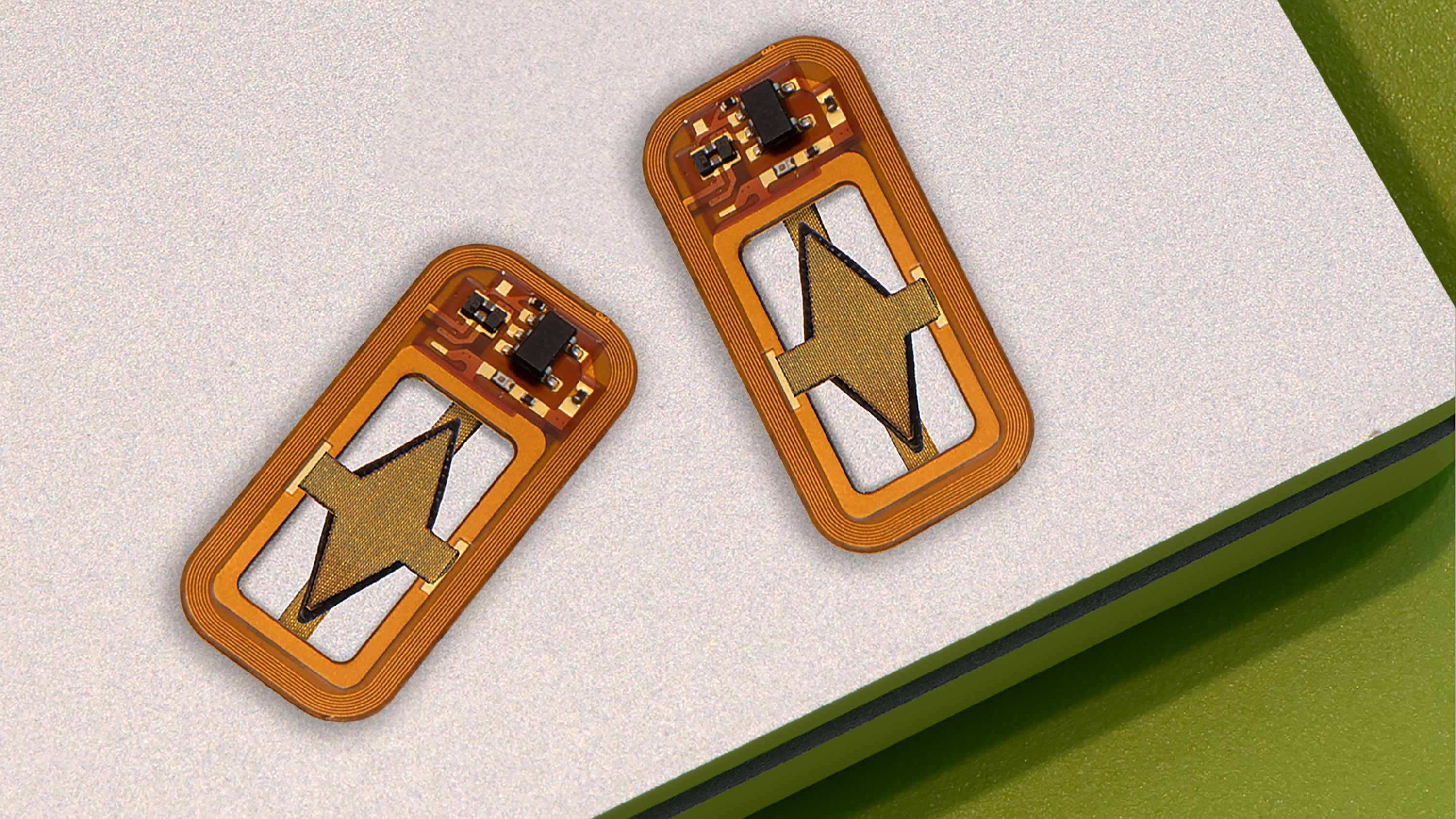Diabetes treatment without injections
An implantable device contains encapsulated cells that produce insulin, plus a tiny oxygen-producing factory that keeps them healthy.

MIT engineers have come one step closer to the goal of treating diabetes without frequent insulin shots.
In type 1 diabetes, the body is unable to produce the insulin required to regulate blood sugar, so people must carefully monitor their glucose levels and inject insulin as needed. Implanting replacements for the pancreatic islet cells that normally produce insulin is a potentially simpler and more effective approach, but there are obstacles. One is that whether they are derived from human cadavers or stem cells, the transplanted cells can be rejected by the immune system, so patients need to take immunosuppressive drugs. Encapsulating the transplanted cells in a flexible device can solve that problem, but the cells in such devices eventually run out of oxygen and stop producing insulin. And finding a reliable oxygen supply has proved challenging.
The MIT team approached the problem by developing an implant that not only carries hundreds of thousands of insulin-producing islet cells but also has its own onboard oxygen factory. When implanted into diabetic mice, a device about the size of a US quarter kept their blood glucose stable for at least a month. The researchers now hope to create a larger version, about the size of a stick of chewing gum, that could eventually be tested in people.
“You can think of this as a living medical device that is made from human cells that secrete insulin, along with an electronic life-support system,” says chemical engineering professor Daniel Anderson, a member of MIT’s Koch Institute for Integrative Cancer Research and Institute for Medical Engineering and Science (IMES), who is the senior author of a study on the work.
To generate the oxygen, the MIT researchers used a proton-exchange membrane, a technology originally deployed to generate hydrogen in fuel cells. This membrane can split water vapor (found abundantly in the body) into hydrogen, which diffuses harmlessly away, and oxygen, which goes into a storage chamber that feeds the islet cells.
A significant advantage of this approach is that it does not require any wires or batteries. Splitting the water vapor requires only about two volts, generated using a phenomenon known as resonant inductive coupling: a tuned magnetic coil located outside the body transmits power to a small, flexible antenna within the device. It does require an external coil, which the researchers expect could be worn as a skin patch.
While the researchers’ main focus is on diabetes, they say this kind of device could also be adapted to treat other diseases that require repeated delivery of therapeutic proteins. Their study showed that it could sustain not just islet cells but also cells that produce erythropoietin, a protein that stimulates production of red blood cells.
“We’re optimistic that it will be possible to make living medical devices that can reside in the body and produce drugs as needed,” Anderson says. “If we can replace the need for infusions every other week with a single implant that can act for a long time, I think that could really help a lot of patients.”
Keep Reading
Most Popular
10 Breakthrough Technologies 2024
Every year, we look for promising technologies poised to have a real impact on the world. Here are the advances that we think matter most right now.
Google DeepMind used a large language model to solve an unsolved math problem
They had to throw away most of what it produced but there was gold among the garbage.
The worst technology failures of 2023
The Titan submersible, lab-grown chicken, and GM’s wayward Cruise robotaxis made our annual list of the worst in tech.
AI for everything: 10 Breakthrough Technologies 2024
Generative AI tools like ChatGPT reached mass adoption in record time, and reset the course of an entire industry.
Stay connected
Get the latest updates from
MIT Technology Review
Discover special offers, top stories, upcoming events, and more.